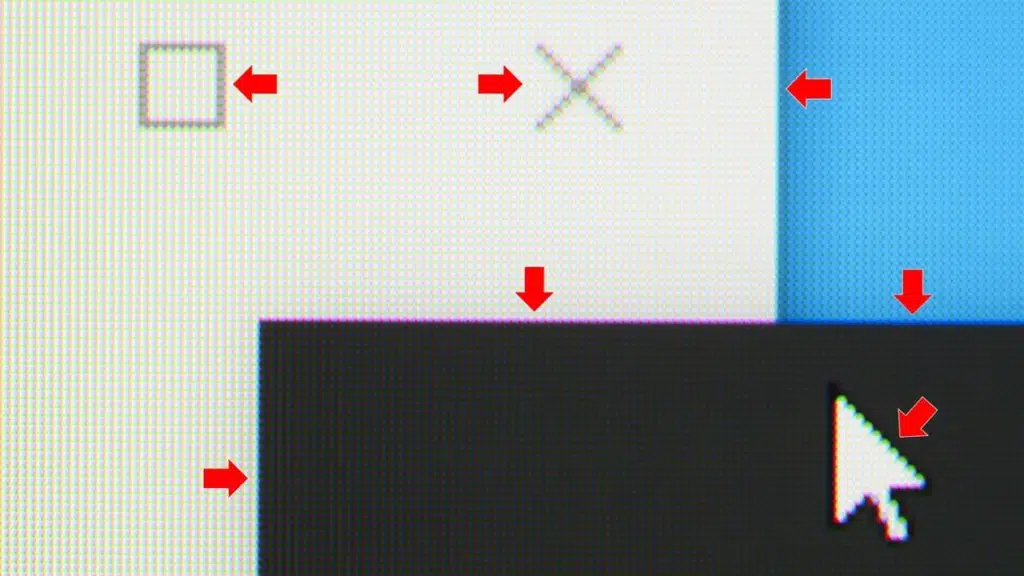
Did anyone at Samsung even bother to run a quality-assurance check on their new QD-OLED panels? Apparently not, as Heise has published a partially scathing review of the Alienware AW3423DW that reveals its display is marred by an ugly little issue called chromatic aberration. Otherwise known as color fringing, this is a problem whereby outlines of unwanted color appear along an object’s edges, something that would be easily noticeable and maddening for desktop users who look at things such as windows all day up close. Maybe it’s a better idea to wait for the next generation of QD-OLED panels, as the technology seemingly needs more time to fully mature.
Alienware monitor with QD-OLED in the test: Samsung’s display technology is messed up (Heise Online)
- This starts with writing, continues with Windows windows and ends with 3D games, such as signs or one of the numerous skyscrapers in the action role-playing game “Cyberpunk 2077” when you look against the sky. In the latter case, the display had something of a built-in shallow chromatic aberration – though the effect isn’t as noticeable and annoying in moving game as it is in static desktop.
- The pixel arrangement is to blame: A pixel consists of three sub-pixels with the colors red, blue and green as usual, but these are arranged in a triangle instead of in a row. The red and blue sub-pixels are at the bottom, with only the green one in the middle at the top. The black gaps are quite large and every second sub-pixel row can therefore only display green, the other rows lack the green component.
- In practice, this leads to the colorful edges: With light areas on a dark background, horizontal edges are green at the top and violet-red at the bottom, with dark areas on a light background, the QD-OLED panel of the AW3423DW behaves the other way around. Darker on dark areas and lighter on light areas produce less noticeable blue tones. In the case of vertical and sloping edges, the color fringes depend more on the contrasts – from bright red, green, violet and blue everything is included.
